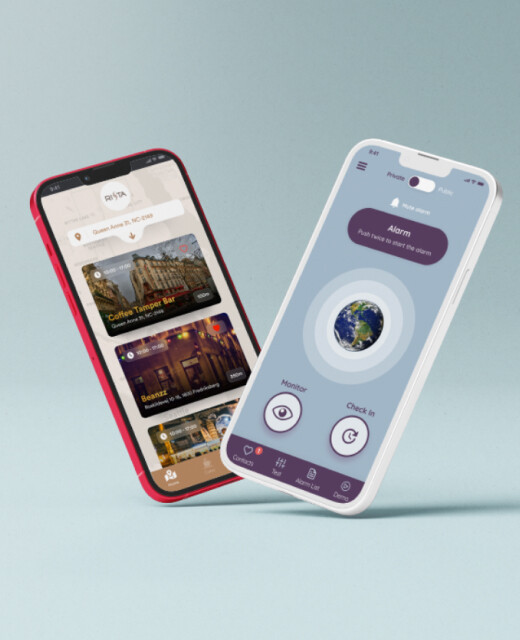What is Flutter?
As of my last update in September 2021, Flutter is an open-source UI (User Interface) software development kit (SDK) created by Google. It allows developers to build natively compiled applications for mobile, web, and desktop from a single codebase. Flutter was first released in May 2017 and has since gained significant popularity among developers due to its efficiency, simplicity, and performance.
Cross-platform development: Flutter allows you to write code once and deploy it on multiple platforms, such as Android, iOS, web, and desktop. This capability enables faster development and reduces the need to maintain separate codebases for different platforms.
Overall, Flutter is a versatile and powerful framework that empowers developers to create high-quality and visually appealing applications for a wide range of platforms with greater efficiency and ease.
Key features and uses of Flutter include:
- Dart programming language: Flutter uses the Dart programming language, which is also developed by Google. Dart is known for its simplicity and ease of learning, making it accessible to developers coming from different programming backgrounds.
- Widgets: Flutter provides a rich set of customizable and composable widgets. Widgets are the building blocks of a Flutter app's user interface, allowing developers to create complex and beautiful UIs easily.
- Hot reload: One of Flutter's most praised features is hot reload, which enables developers to see changes in the app almost instantly as they modify the code. This significantly speeds up the development process and helps in rapid iteration and debugging.
- Performance: Flutter apps are compiled to native code, offering high performance and smooth user experiences. The UI rendering process is optimized to run at 60 frames per second (fps), ensuring responsiveness and fluidity.
- Community and packages: Flutter has a large and active community, and there are numerous packages available through Flutter's package repository (pub.dev). These packages help extend the functionality of your app and save development time.
- Support for Material Design and Cupertino: Flutter provides widgets that follow the Material Design guidelines (Android) and Cupertino (iOS) style, ensuring that your app looks and feels native on each platform.
- Versatility: Flutter is not limited to mobile app development. It can also be used to build web applications and desktop applications for Windows, macOS, and Linux.
Uses of Flutter:
- Mobile applications: Flutter is commonly used for building full-featured mobile applications for both Android and iOS platforms. Its ability to deliver a native-like experience with a single codebase makes it an attractive choice for startups and companies looking to develop apps efficiently.
- Web applications: Flutter's support for web development allows developers to create web applications using the same codebase used for mobile apps. This is particularly beneficial for maintaining consistency between mobile and web platforms.
- Desktop applications: Flutter's support for desktop platforms allows developers to build applications for Windows, macOS, and Linux. This widens the scope of Flutter's use and opens up opportunities for cross-platform desktop applications.
- Prototyping and MVP development: Flutter's hot reload and quick development capabilities make it an excellent choice for rapid prototyping and Minimum Viable Product (MVP) development, where speed and iteration are crucial.
